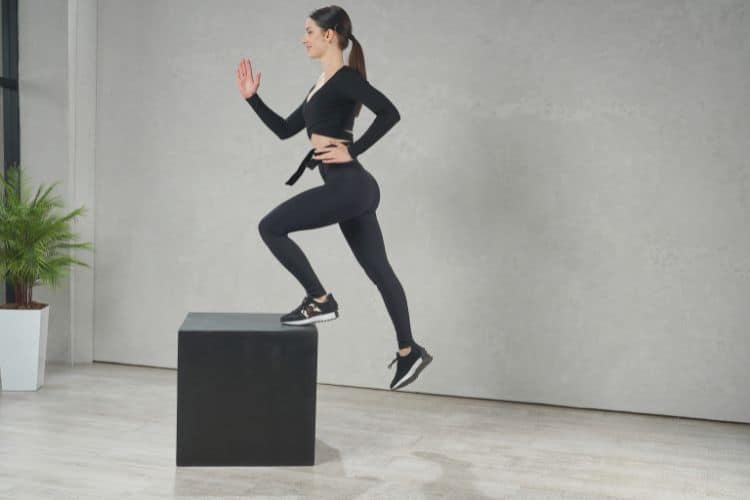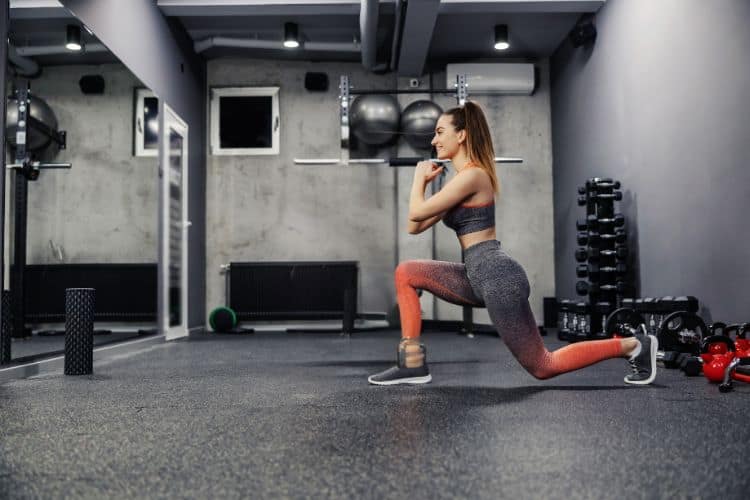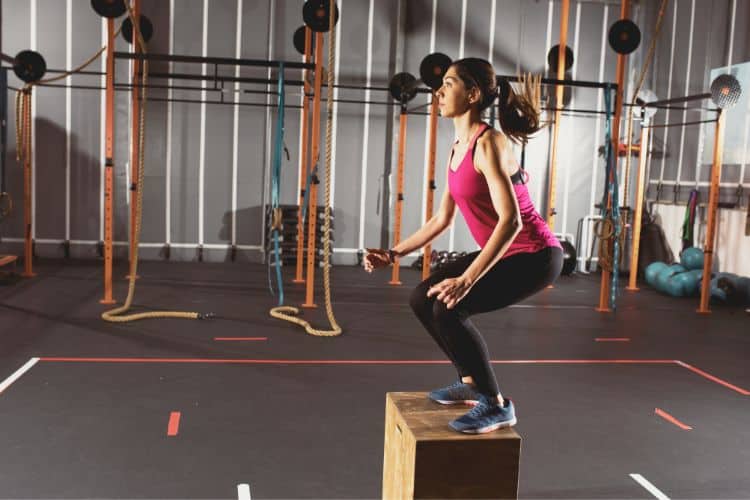Sign up for workout ideas, training advice, reviews of the latest gear and more.






If you’re short on time but still want to get in shape, 20-minute HIIT workouts are one of the most efficient ways to burn fat, build endurance, and tone your entire body. HIIT—short for High-Intensity Interval Training—uses quick bursts of all-out effort followed by short rest periods. This format keeps your heart rate elevated and metabolism revving long after you’ve finished exercising.
Whether you’re a beginner or experienced athlete, this guide will provide everything you need to know about 20-minute HIIT workouts, including the benefits, structure, and a range of powerful routines you can do anywhere.
A 20-minute HIIT workout is a short, intense training session that alternates between high-intensity movements (like jumping jacks or burpees) and brief recovery periods (like rest or low-intensity movements). Despite the short time commitment, these sessions can deliver the same—if not better—results than longer steady-state cardio workouts.
HIIT workouts create an afterburn effect—formally known as EPOC (excess post-exercise oxygen consumption)—that keeps your metabolism elevated for hours. This results in higher calorie burn than traditional workouts, even after you’ve stopped moving.
By pushing your heart rate to near-maximum levels, HIIT improves aerobic and anaerobic capacity. Over time, this leads to better cardiovascular health, faster recovery, and more stamina during workouts.
Most 20-minute HIIT workouts use bodyweight exercises, making them accessible anywhere—home, park, or gym. All you need is a little space and determination.
Unlike traditional cardio, which can sometimes break down muscle, HIIT workouts support lean muscle maintenance while cutting fat. The short, powerful bursts engage multiple muscle groups, especially when compound movements are used.
A good HIIT session includes a warm-up, several intervals of intense effort, and a cool-down. A typical format might look like this:
Use a timer to keep things consistent and focus on form over speed, especially when fatigue sets in.
Let’s dive into the best HIIT workouts that you can complete in 20 minutes or less. Each workout targets different goals: fat burn, strength, cardio endurance, or full-body toning.
Goal: Burn fat and elevate heart rate
Format: 40 seconds work, 20 seconds rest, repeat for 4 rounds
Exercises:
Instructions: Perform each exercise in sequence. After one round, rest for 1 minute and repeat 3 more times.
Goal: Sculpt and strengthen legs and glutes
Format: 30 seconds work, 15 seconds rest
Exercises:
Repeat the circuit 4 times. Focus on explosive power during jumping movements.
Goal: Build upper body strength and shred your core
Format: EMOM (Every Minute on the Minute)
Exercises:
Repeat for 4 total rounds. Rest any time remaining in the minute.
Goal: Improve overall strength and endurance
Format: Tabata style (20 seconds on, 10 seconds off)
Rounds: 8 exercises, 4 rounds total
Exercises:
This workout balances strength and cardio in short, effective bursts.
Goal: Add resistance for muscle tone
Format: 45 seconds work, 15 seconds rest
Exercises:
Use light to moderate weights and maintain good posture and control.
Never skip the warm-up or cool down. A quick dynamic warm-up (arm circles, butt kicks, leg swings) gets your muscles ready, and a cool-down helps flush out lactic acid to minimize soreness.
Always prioritize form over speed. Poor technique can lead to injury and reduce workout effectiveness. Slow down if needed—especially on high-impact moves.
Switch routines every week to prevent boredom and plateauing. Rotate between bodyweight-only, dumbbell HIIT, or specific muscle-group HIIT (like core-focused or leg day).
Stay consistent with interval timing using a HIIT timer app. This helps you track time accurately without distractions.
Because HIIT is intense, staying hydrated before, during, and after is essential to maintain performance and avoid fatigue.
Beginners often jump into HIIT without building a base. Start with 2 sessions a week and scale up.
Recovery between intervals is crucial. If you reduce rest too much, you’ll lose the high-intensity benefit of the session.
HIIT is taxing on the nervous system. Limit to 3–4 sessions per week max, with rest or low-intensity workouts in between.
Track your reps or rounds. Over time, you should see improvements in endurance, reps completed, or recovery time needed.
Here’s a simple weekly plan using the workouts above:
Yes! When paired with a healthy diet, short HIIT sessions can significantly reduce body fat, especially due to the afterburn effect and full-body movement involved.
For most people, 20 minutes of focused HIIT is more than enough to increase heart rate, burn calories, and build fitness—especially if done 3–5 times per week.
No. Your body needs time to recover. Overtraining with daily HIIT can lead to fatigue, injury, or muscle loss. Stick to 3–4 sessions per week.
Most 20-minute HIIT workouts can be done with no equipment. However, adding dumbbells, a jump rope, or resistance bands can increase intensity and variety.
The beauty of 20-minute HIIT workouts is that they deliver incredible results in a short amount of time. Whether your goal is fat loss, cardiovascular health, or muscle tone, HIIT can help you get there—without hours in the gym. The key is consistency, intensity, and variation.
Remember, even a single HIIT session can positively impact your day by boosting energy, reducing stress, and igniting your metabolism. So the next time you’re pressed for time, don’t skip your workout—just go harder for 20 minutes.
Try one of the HIIT routines above, stay committed, and track your progress weekly. With just 20 minutes per session, your fitness goals are closer than ever!
Want more effective workouts?
Subscribe to our blog or follow us on Pinterest for new routines, challenges, and fitness tips!
Stay up to date on the latest women’s health, fitness and lifestyle trends and tips.